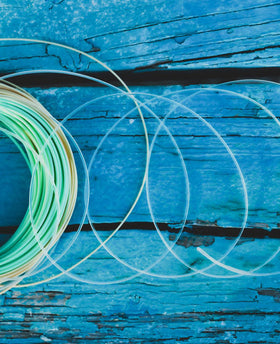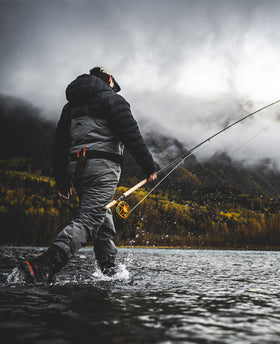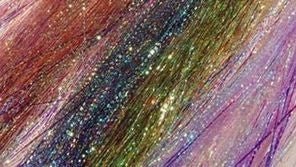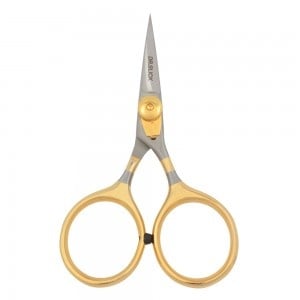About Fly Tying
Fly tying is the process of creating artificial flies for use in fly fishing. It involves attaching various materials, such as feathers, fur, and thread, to a hook using specialized tools and techniques. The materials used and the methods employed can vary greatly, depending on the type of fly being tied and the intended fishing application. Many fly tyers enjoy the creative process of designing and tying their own flies, and there is a rich history and culture surrounding the art of fly tying.
There are many different styles of flies, each designed to imitate a specific type of aquatic or terrestrial prey. Some common types of flies include dry flies, designed to float on the water's surface; nymphs, which mimic the immature stages of aquatic insects; and streamers, which imitate small baitfish or other aquatic prey. Fly tying can be a complex and detailed process, but it can also be a relaxing and rewarding hobby for those who enjoy it.
Fly Tying Recipes for Colorado Fly Fishing
Fly fishing in Colorado is a thrilling way to interact with the environment and the many fish species that exist within it. Although it may seem intimidating at first, mastering the art of creating flies can be an incredibly rewarding adventure. With so many fly tying recipes out there, anglers of all experience levels can find something to try for trout and bass fishing in Colorado. From creating classic wet flies to whipping up a starting-level wooly bugger, fly tying can be an endeavor for any angler. Moreover, the sense of accomplishment that comes with netting that first fish on your own homemade fly is a great incentive to keep pushing your skill sets and exploring new recipes.
What Fly Tying Materials Do I Need To Start Fly Tying?
Fly tying requires foundational materials such as high-quality hooks, thread, feathers, fur, and synthetic materials. Essential tools like scissors, bobbins, and hackle pliers help create precise manipulation of materials.
What type of tools do I need to tie flies?
A vise and clamps for secure hook holding, scissors, hackle pliers or hackle tweezers, bobbins for winding thread around the hook shank, and bodkins for applying adhesives such as head cement and dubbing waxes.
What Techniques Should I Practice?
Begin with simple patterns that teach you how to attach thread to a hook and bind down various components with thread wraps. You can then move on to more complex patterns that employ weaving techniques and dubbing loops.
Is tying Flies Cheaper Than Buying Them?
Whether tying your own flies or buying them from a store is cheaper depends on a variety of factors. The initial cost of investing in the fly tying tools required for tying can be prohibitive; however, an avid fisherman may find that the money saved in the long run more than makes up for it. Tying your own means access to an entire world of fly patterns, and with some practice, the skill becomes easier and less time-consuming. However, if you are limited on time, buying pre-tied is probably best. Whether you tie or buy, fishing with artfully tied bugs can lead to quite a satisfying experience.
Is It Hard To Tie Flies?
Tying flies can be a difficult process, especially for those who are new to the sport of fly fishing. Even experienced anglers sometimes find it challenging to tie their own custom flies. To create successful flies, one must have an understanding of materials, techniques, and aquatic life to make sure the resulting fly is durable and attractive enough to entice fish. Although it may require patience and perseverance, tying your own flies can also be very rewarding. The satisfaction of having created something unique that has a purpose in the wild is immense, and with practice, anyone can become an expert in creating their own fly patterns for catching fish!
What is the Easiest Fly To Tie For Beginners?
While there are numerous types of flies a fisherman can use to catch different species, the easiest fly to tie is likely one that imitates an aquatic nymph or larva, also known as a "wet" fly. This type of fly not only looks good in the water and attracts fish, but it is relatively quick and straightforward to assemble. Wet flies typically require fewer materials than other types of flies and often involve nothing more than thread wrapped around a hook, with bits of feather and fur added for detail, making this fly a go-to for anglers looking for simplicity, effectiveness, and cost-efficiency.
What Are The Most Common Types of Flies?
Fly fishing is a favorite pastime for anglers around the world, and for good reason: flies are incredibly effective when it comes to catching fish. There are many types of flies, but dry flies, wet flies, salmon flies, and saltwater flies tend to be the most popular among fishermen. Dry flies are generally tied to represent adult insects that float on the surface. Wet flies, on the other hand, are designed to mimic the larvae or emerging forms of aquatic insects by sinking below the surface of the water. Salmon flies are created with flashy feathers to attract salmon while they're spawning in rivers, whereas saltwater flies usually feature colorful bucktails or streamers meant to entice species like striped bass or tarpon. All three varieties can provide hours of entertainment and result in many outstanding catches!
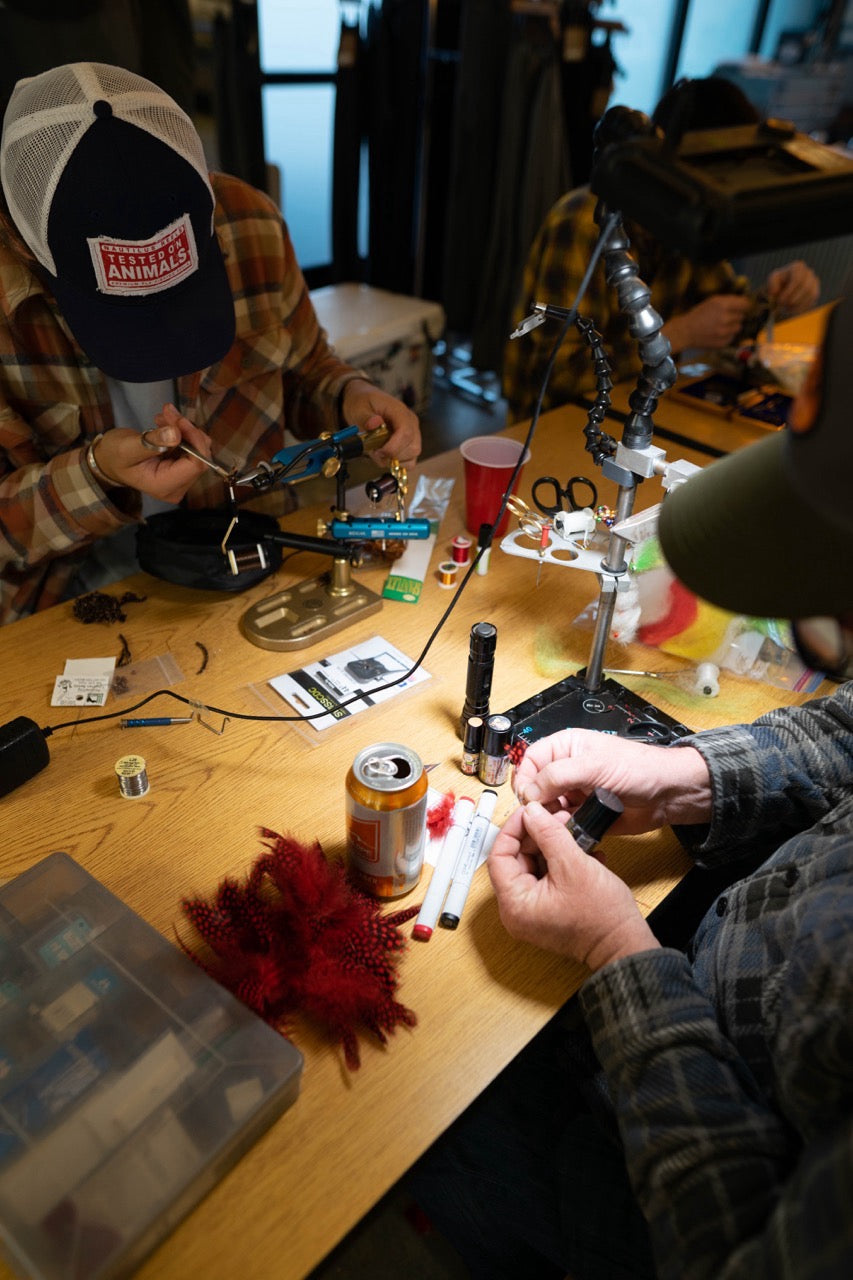
Need more help with Fly Tying?
SIGN UP FOR A FLY TYING CLASS!
Find out more Here
303-330-1292
support@goldenflyshop.com

